-
Posts
8,544 -
Joined
-
Last visited
-
Days Won
13
Content Type
Profiles
Forums
Blogs
Gallery
Events
Store
Posts posted by TacHel
-
-
Actually the plating should be minimal since the mint has once again taken over medal production. Hopefully, gone are the days of cheap casted overplated monstruosities such as the SSM.
The one thing I hope is that the award criteria won't be as horribly stupid as the previous jubilee medal.
0 -
Congrats! One to go...
Interesting side by side comparison - one very simple design; the other quite futuristic.
Yup, yet both came out in 2007... Go figure.
0 -
I'm smiling, actually beaming from ear to ear!

I received these 2 beauties from a friend in Moscow today. Two of the last three Russian Federation Defense Ministry medals I required. I've never seen either on the market, they're pretty difficult to come by! I feel like a kid at Toys-R-Us!

Left: Medal for Service in Railway Troops.
Right: Medal for Service in Space Forces.
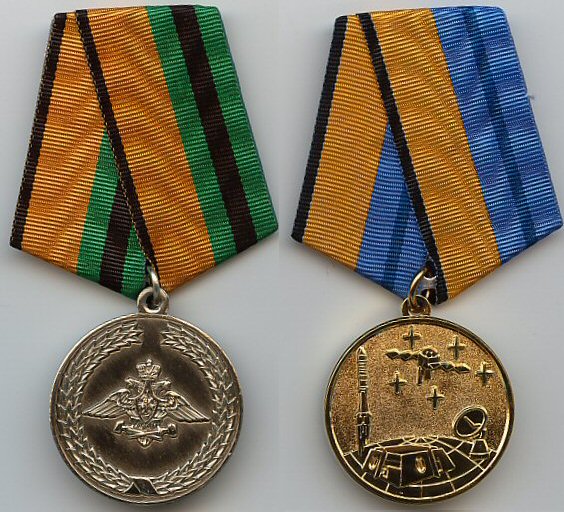 0
0 -
Enclosed 2 civilian version for wartime efforts, one with the black attribute for mothers wearing the Order of their sons.
Any comment is more than welcome.
Best regards
GM1
Wow, you learn something new every day here! I had no idea about the black attribute! Thanks for sharing! Looks great.
0 -
I found all I needed except for Colonel-General Vladimir Dutov. I found 2 that are pitifully small and blurry.
This guy is so difficult to find you'd think he was head of some covert KGB sub department! Heck, he was a bean counter working in financial services. Bean counter might be overly simplistic but still...
Any possible help out there?
0 -
You definiely haven't lost your touch! It looks awesome!

I love the attention to fine details! The snow in the threads, the wear, the rust, the overheated exhausts... Magnificient! Great job!
0 -
Hello,
watch this http://www.farac.org...?id_article=184
La fourragère à titre individuel.
Encore une question mal connue.
Par la circulaire du 22 Février 1918, tout combattant ayant participé aux faits de guerre, visés dans les citations ayant provoqué l’attribution de la fourragère à leur unité, pourra la conserver, à titre individuel, même après son affectation à un autre corps ne l’ayant pas.
Ce droit fait l’objet d’une attestation du chef de corps. Généralement lorsqu’un corps a été cité à l’ordre de l’armée, chaque combattant reçoit la copie de la citation avec au bas la mention de son nom, de sa présence au corps et de la signature de son chef de corps. La fourragère portera alors sur un coulant placé au-dessus du ferret ou de l’olive, suivant la nature de la fourragère, le numéro en métal de l’unité ou de la formation d’origine. A défaut de numéro, l’insigne régimentaire ou de la formation sera épinglé au-dessus du ferret.
C’est cette décision qui pourrait expliquer les fourragères "modèle réduit" de la croix de guerre 1914-1918 figurant sur le ruban de certaines croix de guerre de cette époque et qui auraient indiqué que le titulaire, en plus de sa citation personnelle, était présent au régiment lors des faits de guerre qui avaient fait attribuer à ce dernier la fourragère verte et rouge.
I hope you can translate it into English
Bernhard, thanks for the information.
This means that when a soldier was part of a unit when the unit earned the citations giving it the right to a fourragère, that same soldier can keep wearing the fourragère after a transfer to another unit. The former unit's number or miniature insignia is worn above the ferret (metal point).
0 -
Neg, am actually quite surprised. Thanks for the scoop! I've written friends in France in the hope of finding out more.
0 -
Engagements began with grenades and bayonets, but the Germans, using flaming liquids, outnumber us and our right flank companies (2nd, 1st and ?) were crushed by the incredible bombardment that preceded the attack. As soon as the first alert, a dam was formed by the reserve batallion (3rd) on the "boyau Laumède (?)", the trench (?), the "Coblond(?)" trench; the battalions of the 267th reinforce us at 20h55 (one company) and occupy the "réduit de Chemnitz" with half a company; the rest of the battalion relieves (replaces), as it arrives (21h00 to 22h00), the 3rd battalion of the 162nd in the "boyaux (?), (?) et Coblomb(?). Patrols from the "res"(?) battalion regain contact at 23h00 with the 3rd company (Dauphinée and Carrières trenches) and with the elements of the 1st company that hadn't moved from the Bonnet trench. Finally, between 03h00 and 04h00 on the morning of the 17th the 9th company reoccupy the rear position of the 2nd; the 11th retakes the Bonnet trench; the 10th is at the "fontaines de Fonte...(?). Our line is completely reestablished as far as the "2 Bois" quarter is concerned, but the Roy battalion receives the order to push its counter attack further than the "boyau de la Vaux(?)", towards the Cavernes trenches and the "boyau (?)", to meet up with the 247th RJ.
Hope this helps...
0 -
-
-
" Uniform regulations state that original medals may only be worn on the day of award and to the grand gala uniform."
Which is what I've always been told by Bundeswehr friends... ONLY miniatures may be worn on the mess kit (gala uniform), the full size medals are NOT to be worn (EVER).
Apart from that it's up to the soldiers if they wear their awards or not. Many generals, for example, do not.
Complete news to me, and I believe erroneous... Unless an actual written directive can be found?
As far as I see it, the German members of the Brigade are the ONLY members of the Bundeswehr allowed to wear full size medals, period, at any time, and only to fall in line with French regs due to the mixed composition of the unit.
Their Bundeswehr colleagues are unfortunately bound by an antiquated post WW2 regulation that simply won't go away. Sad to see modern day Germans serving their country honorably having to put up with this because of the past.
0 -
Mes sincères félicitations!
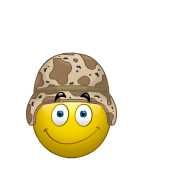 0
0 -
The fourragère you linked to at OMSA is from my collection, I have all of them. It's a combined 14-18 & 39-45 CdG fourragère, quite common actually.
The problem with the 13e DBLE fourragère in your pics is that a single fourragère has olives from 2 different CdGs (TOE and 39-45), and that simply isn't right. I hope my French colleagues can shed some light onto this.
0 -
I have NEVER seen a Bundeswehr soldier wearing is full medal bar in full dress uniform on parade. The only pics I ever saw to the contrary were of serving bundeswehr WW2 vets wearing their 57ers, and they weren't on parade, these were personal or studio portraits.
Does ANYBODY have ANY pics of modern (fairly recent) Bundeswehr parades in full dress uniform where medals are worn? I would love to see some!! Because until I do... I'll be resigned to believing this is only tolerated in this brigade.
Still waiting... :whistle:
0 -
I've written 3 friends in France including the pictures.
All 3 are French vets, 1 from the Legion, all 3 are avid collectors of militaria. Hopefully one of them will be able to shed some light on this weird thing.
0 -
To post a pic:
Click on "More Reply Options" at bottom right of text input box.
The screen will change offering you a bigger input box with the "ATTACH FILE" option below it at left.
Click on "Choose Files...", it'll take you to your computer for upload. You are limited to 150k I think...
0 -
Oh, I hadn't checked the linked picture in your original post... Odd, never seen that before.
0 -
The white disc signifies 9 to 11 citations.
0 -
References confirm what you cite in your initial post, 13e Demi-Brigade de la Légion Étrangère received:
-1939-45 fourragère with split olive MM & CDG 39-45 (18/09/46)
-Military Medal fourragère with CdG TOE olive (17/03/56)
-Order of Liberation fourragère (23/02/96)
0 -
A MM/LoH split olive on an MM fourragere already bearing a CdG TOE olive...
 This olive arrangement makes no sense whatsoever, unless they've completely changed regulations and I missed it...?
This olive arrangement makes no sense whatsoever, unless they've completely changed regulations and I missed it...? 
It looks like something made up for sale on eBay by somebody who had no idea what he was doing.
The only occasion for 2 olives are when they're split between 1914-18 CDG and 1939-45 CDG on MM or LoH coloured fourragères.
0 -
Could you post a pic of these fourragere please? Don't know if its my cold... Am having a hard time concentrating today, because from what you describe, this would be an impossible combination.
0 -
2nd Zouaves Regiment (Part of the 37th Inf Div during the entire war)
1914:
21-23 Aug: moving towards Charleroi, in Coret, Mettet and Florennes.
6-13 Sept, Battle of the Marnes: Courgivaux & Petit Morin (6-7 Sept), fights near Barcy (7-8 Sept).
15-17 Sept, the run for the sea: Bois St Mard & Cuts-la-Pommeraye.
Oct 1914 to July 1915, defensive front of the Mainoury Army: Plateau des Loges, Saillant de Quennevières.
In the latter period (which includes Nov as you request), the regiment suffered approx 1000 dead and 1,500 wounded.
This link will take you to a (French language) PDF document detailing the day by day activities of the unit during the entire war, A fast read through on my part shows that November was quite inactive. September, October and December were hot, but the regiment mostly licked its wounds in November 1914.
0 -
And award just for being deployed?
 Have you spent many 6 month to a full year deployments away from loved ones in the armpit of the planet? Whether under fire or not makes no diff... These awards recognize sacrifice, not merely combat.1
Have you spent many 6 month to a full year deployments away from loved ones in the armpit of the planet? Whether under fire or not makes no diff... These awards recognize sacrifice, not merely combat.1


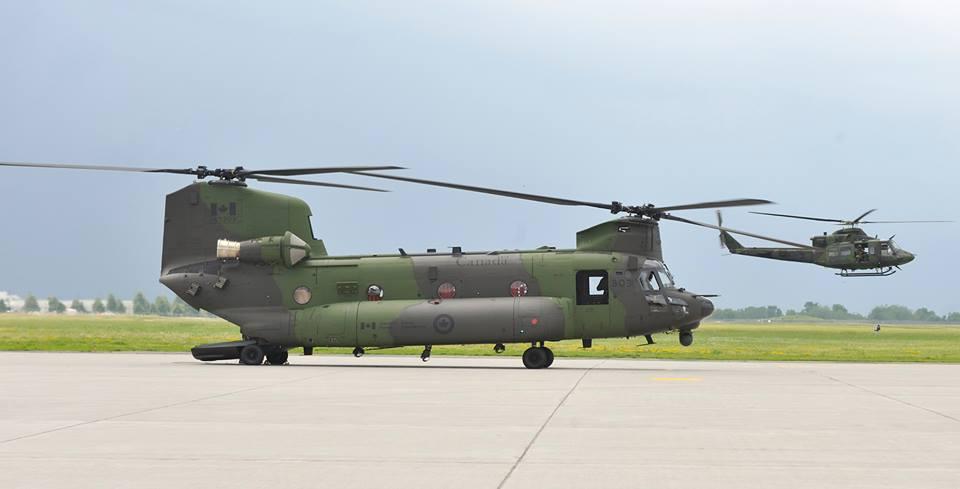

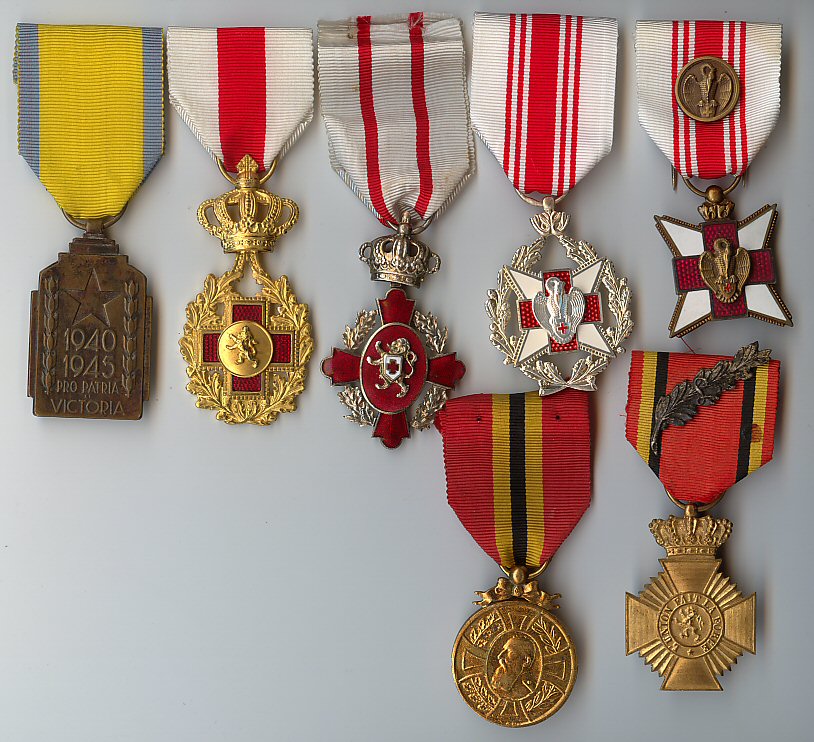
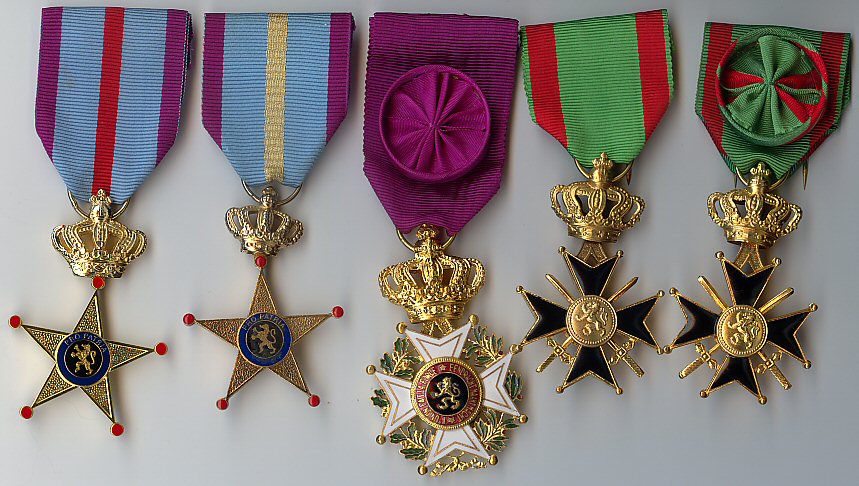
WHO ARE THE "INTERNE DE St DENIS 1940 1941" ? CANADIAN BADGE
in Commonwealth Realms: Canada, New Zealand & Australia Medals & Militaria
Posted · Edited by TacHel
St Denis was an Ilag (Internierunslager) and wasn't in Canada, it was in France near Paris. It was opened in June 1940 and used to detain enemy civilians captured in German occupied territories. It housed civilians from the USA and all British Commonwealth countries. It was liberated by the Americans in August 1944.